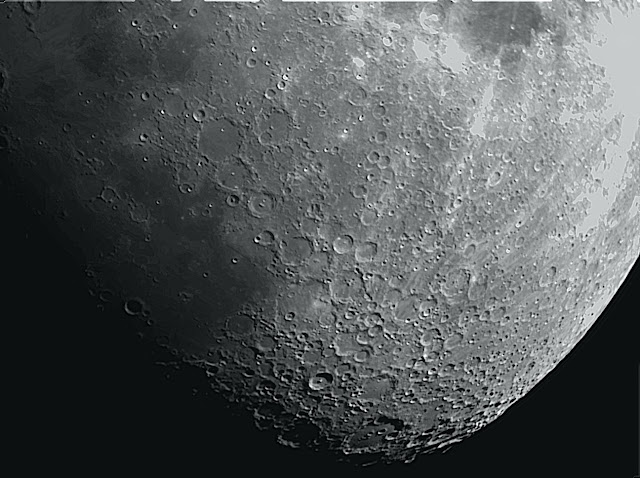Though the skies were mucky due to forest fire smoke and a first quarter+ Moon I needed to get some tests done with my new small pier for one of my telescopes, in this case a Celestron NexStar 4SE SCT.
Since this was a test of polar alignment I decided to use a focal reducer and my small Astromania SGCMOS Series Telescope CMOS Camera (link to it on Amazon) to do some quick imaging of the Moon and Jupiter. Please note that because of the focal reducer the magnification is reduced from what it would be if I did not use the focal reducer. Next time I will remove the reducer and post comparative images then.
Also, instead of taking a single shot, I used the video mode and captured from 500 to 1,000 frames which I then ran through PIPP and AS!3 software, which I had it select only the top 10% of the sharpest frames and apply sharpening through. This method works great for bright objects like the Moon and planets, as you will see.
Here are the results:
The Moon








No comments:
Post a Comment